New technologies are a golden opportunity for Cote Gold
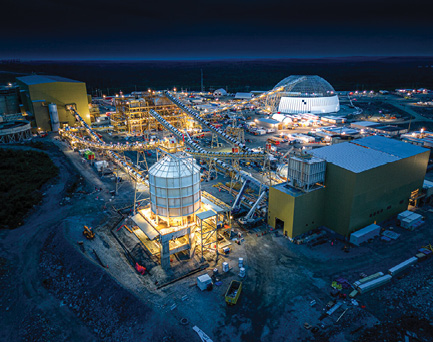
I have been writing monthly about technology development and adoption in the mining sector for the better part of a year. Often, I like to highlight interesting examples of technologies that have been adopted to solve specific business challenges at mining operations. Very seldom have I had the chance to cover widescale adoption of transformative solutions and that is why I am excited to be talking about the technologies that are being deployed at a mining project just north of Sudbury, Ont., at Côté Gold.
Recently, I had a chance to speak to the Côté Gold operations department to ask them about the technologies they have planned for the site, the drivers behind the adoption, and some of the knock-on effects of deploying new systems.
It is widely known that the Côté Gold operation is going to be using autonomous equipment. Mining companies are not traditionally known as risk takers when it comes to technology adoption. So, while understanding the factors that went into making the decision to go autonomous is interesting, it is also important to highlight which factors were the real tipping point on making the decision viable.
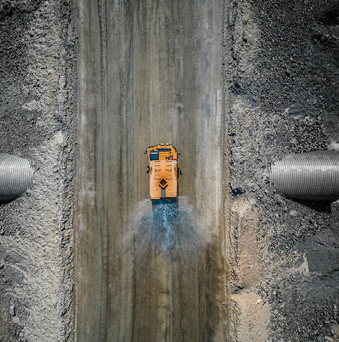
Other industries understand well that the world is changing and that they need to adopt new technologies. For Côté Gold operations, it was decided early on to use certain new technologies. There were trends in the labour market and other downstream benefits that made the decision to implement autonomous equipment into the operational plan worthwhile. The group assessed a solution offered by Caterpillar that made sense and fit their needs. The consensus was that CAT autonomous haulage system (AHS) haul truck is a dependable and secure choice for the mining sector. In 2018, Caterpillar mining trucks, operating under MineStar Command for hauling, achieved a significant milestone of transporting one billion tonnes. During this period, the autonomous trucks traveled nearly 35 million kilometers without any lost time injuries, which is paramount for Côté Gold. The team also selected autonomous drills from Epiroc to automate the drilling cycle as well.
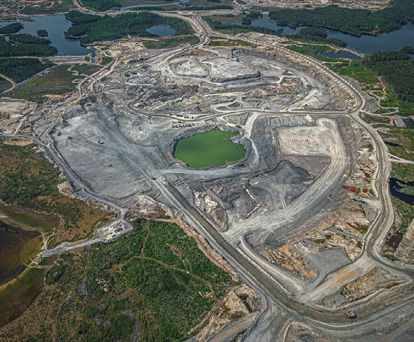
Some very tangible factors went into weighing the decision to execute on the autonomous plan. Primarily, the technology makes their site safer, more reliable, and predictable and is also beneficial for talent attraction. In Côté’s specific context, the AHS is safer than human-conducted operations. This is a bold statement, but the system, with all the protection layers, is incredibly safe. Large mobile equipment incidents are still very prevalent in today’s industry, but autonomy allows the mines to remove workers from a lot of interactions and potential incidents involving large mobile equipment.
In addition, the AHS is also an extremely reliable and predictable system. By removing the human error, engineers can precisely predict production and productivity factors. Everything can then be calculated from “first principles.” From the operations management perspective and for mine planning and predictability purposes, Côté Gold sees this as the “Holy Grail.” Autonomy does not allow a truck to necessarily operate faster or harder, but it does allow the ability to run in hours when a staffed operation cannot run (during shift change, during some weather conditions, etc.). Additionally, the team expects better reliability from the trucks as they are equipped with data capture capabilities. The machines can diagnose small issues before they become large breakdowns.
Finally, in an industry that sometimes struggles to advertise its high-tech nature, the AHS waves a clear flag to prospective employees that Côté Gold is a leader in advanced technology and, therefore, an attractive place to work. AHS offers something exciting for the new workforce. The company knew they could use AHS as a talent attraction tool and recognized that they want employees with an open mind, eager to learn, and willing to do things differently, and these technology-forward approaches ensure they attract candidates with this mindset.
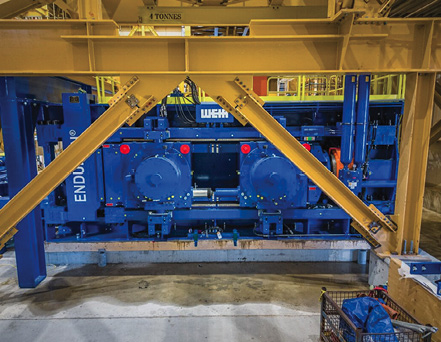
One of the key considerations for mining companies when it comes to large-scale changes in approaches is the knock-on impact on processes. While the Côté Gold team understands they have an advantage in this, as they are working with a new mining project, some changes to mine design and mine planning had to be considered at the outset of this journey.
Engineers, for example, had to design the mine to separate the autonomous and non-autonomous operating zones. The site has the mine haul roads, the pit itself and any areas that run the autonomous equipment is part of the autonomous operations zone (AOZ). All other equipment, deliveries, personnel, and others are operating on their own roads and areas outside and physically separated from the AOZ. From a planning perspective, the equipment need space particularly in dump and load areas. This needed to be planned before operations to have all workspaces prepared for the machines prior to being deployed.
Additionally, the team spent significant effort in designing the communications infrastructure to support the autonomous operations. The site required full coverage of the operating areas, full redundancy, and significant flexibility with permanent, semi-permanent, and mobile communications hardware to enable the equipment to run on a network separated from the administrative network. These types of comms networks are innovative as high-speed private LTE and 5G are still nascent technologies in open-pit mining.
In the end, adopting this technology requires well-conceived integration. The operations team designed a specific control room to accommodate mine haulage, drilling, and eventually an integrated production control room with space for both mine and process plant control. The AHS enables a much more integrated, data-rich approach to operations that will lead to better situational awareness and critical controls.
As a mining technology junkie, my thoughts jumped to what other technology adoption might the AHS lead to. Since the AOS is so restricted, several other technologies come into play to support autonomous operations. The private LTE backbone the system runs on is a powerful new technology and it allows for a host of new technologies due to its reliability and low latency. Additionally, since crews cannot access the areas as readily as in other mines, remote-operated technologies are used as much as possible. For example, the site will employ a fleet of fixed wing and quadcopter drones, remote sensors, and loggers, and they will be incorporating survey capabilities on most of the light vehicles on site. For future consideration, the team is also looking at advanced dig face scanning and fragmentation solutions as well. These opportunities really show how the decision to go with autonomous systems opens doors for even more technology downstream.
If you adopt advanced technology, how does this impact the profile of the talent you need to operate and maintain the systems? For the team at Côté Gold, finding key talent is a top priority, not only in traditional roles but also in roles they did not know existed. Autonomous has challenged their HR teams to be more adaptive and creative when it comes to filling these roles as opposed to traditional mining roles. Pit technicians, for example, need to understand mining equipment, survey systems, telemetry, hardware as well as traditional mining processes. Mine engineers need to understand reporting workflows, dashboards, programming, data analytics, and so on. As such, being open to potential employees with diverse backgrounds and experiences that have worked in dynamic team settings is critical. From a technical training perspective, the Côté Gold team stressed that they are well-supported by their partners in autonomous technologies (CAT and Epiroc) to provide the right training for their haulage control team and autonomous drilling team. They admitted that while this may take time upfront, it also provides the team with new challenges and new experiences that they can use either at Côté Gold or when they move on to future roles.
A unifying theme in speaking with the Côté Gold team was a refreshing sense of comfort and excitement about new technologies. The team believes that these autonomous technologies are more technologies of today and not of the future. In their view, it would have been a disservice to a major new development such as Côté Gold to not deploy the technologies they have at their disposal. In all, the Côté Gold operations department conveyed to me that they are “very proud to implement these solutions successfully to date at Côté Gold mine and to show others that this is not just an aspiration but a reality that can be implemented at other mines and in this part of the world.” If we can take anything away from the Côté Gold experience, it is that mining innovation is moving in the right direction. CMJ
Steve Gravel is the manager of the Centre for Smart Mining at Cambrian College.
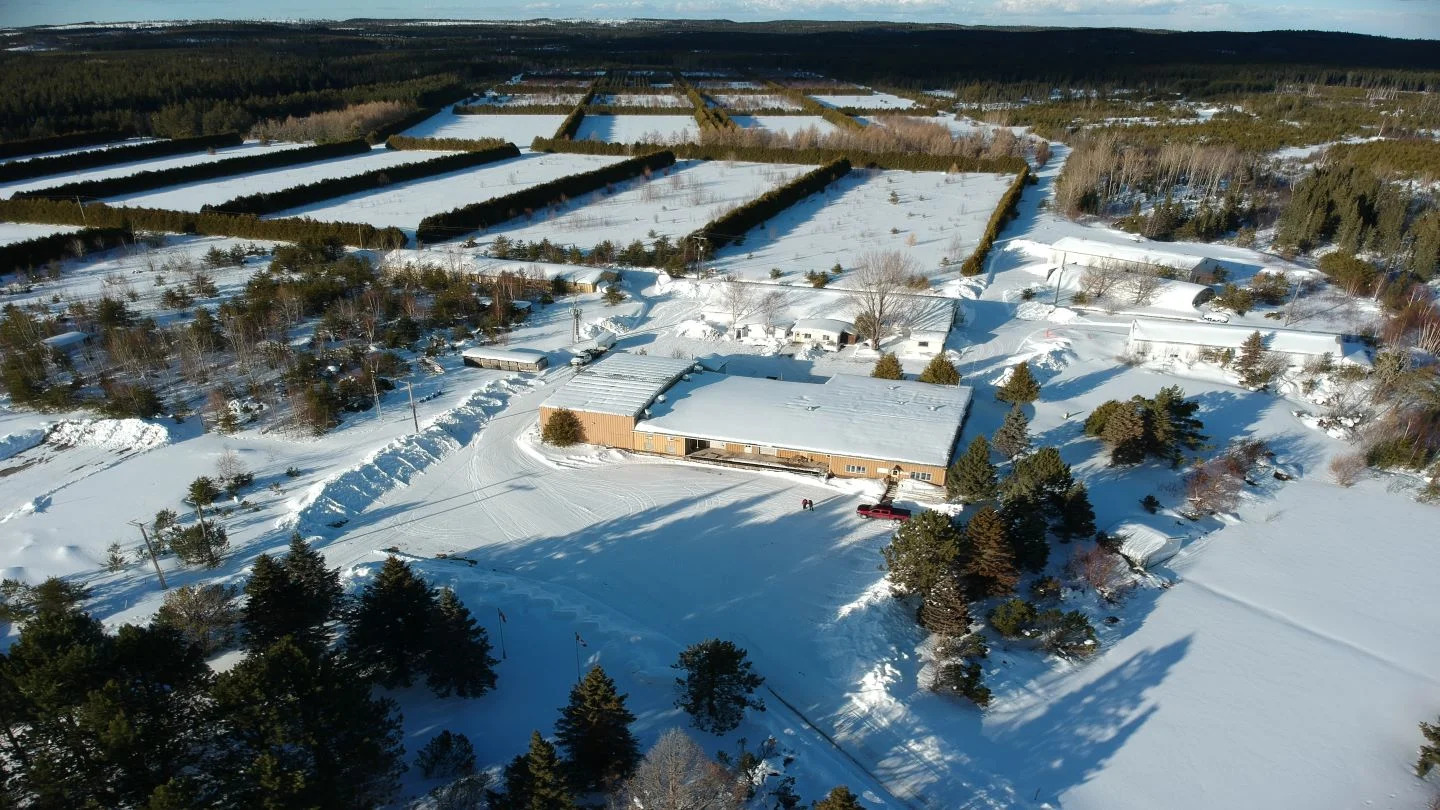


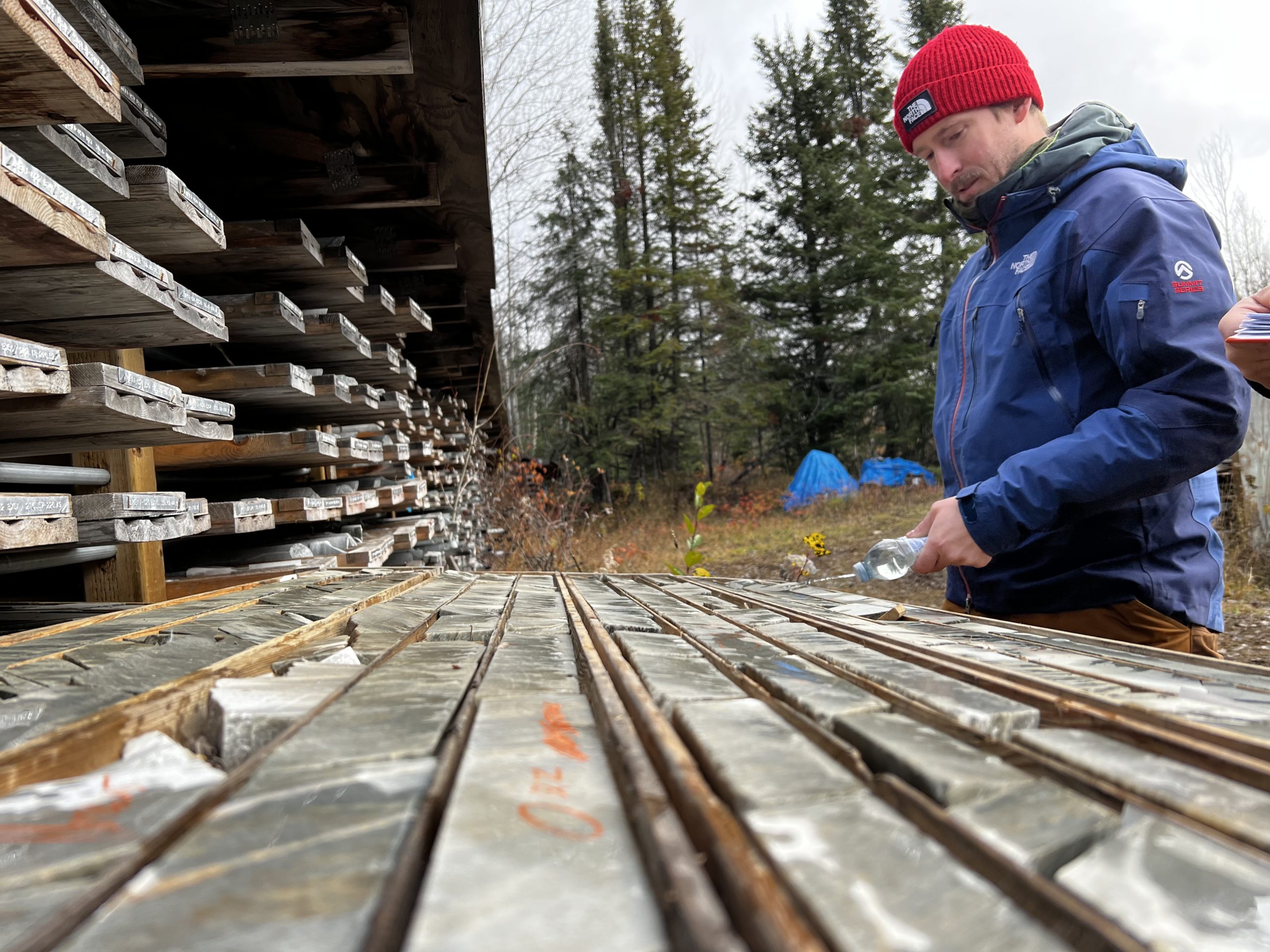
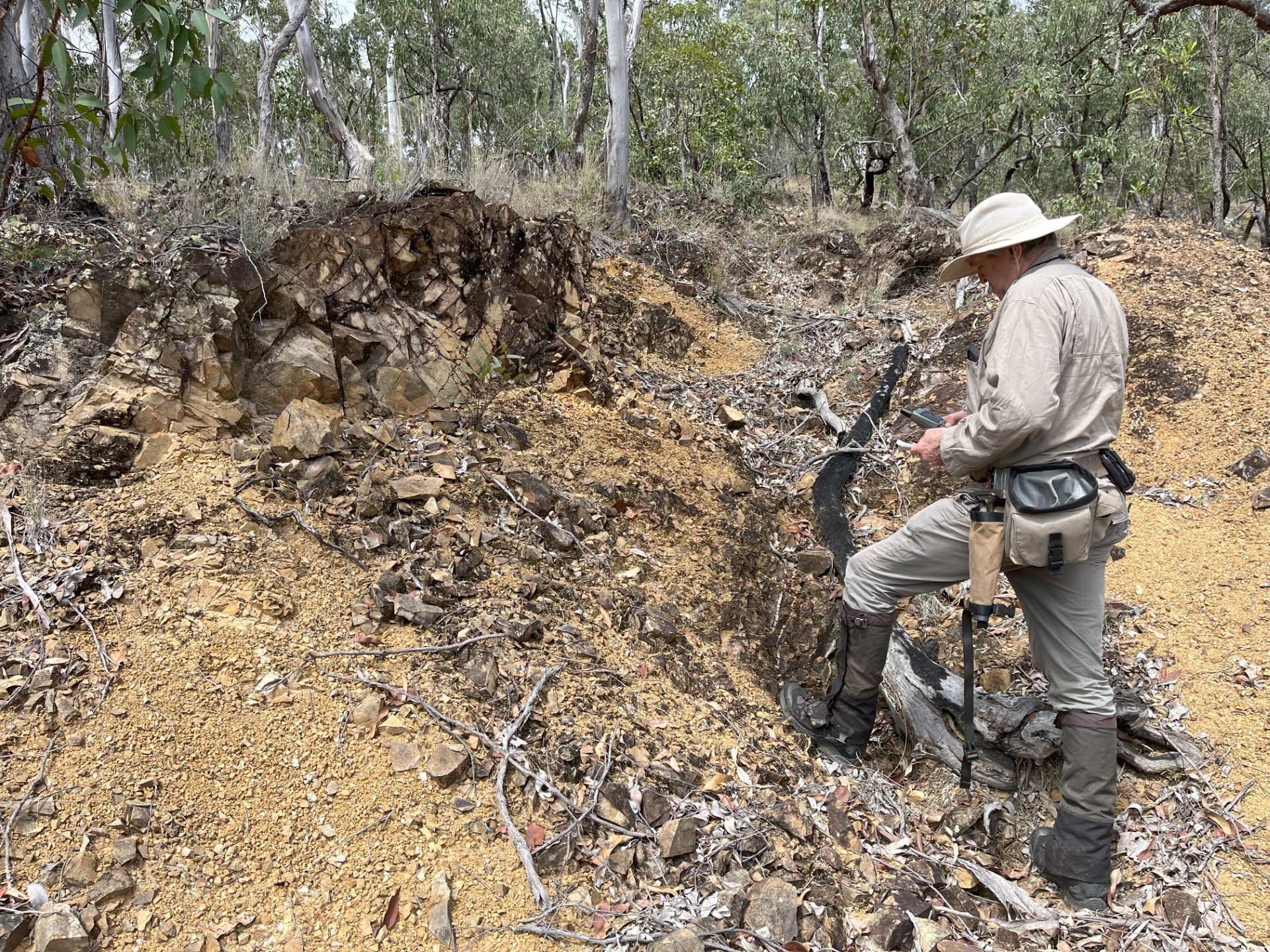
Comments